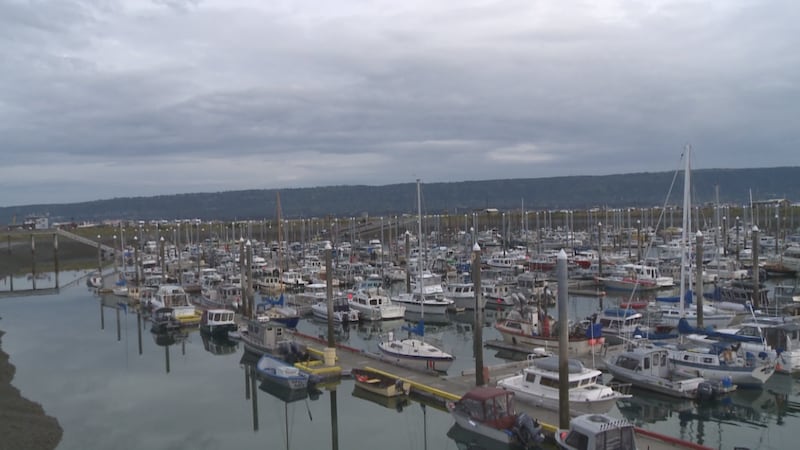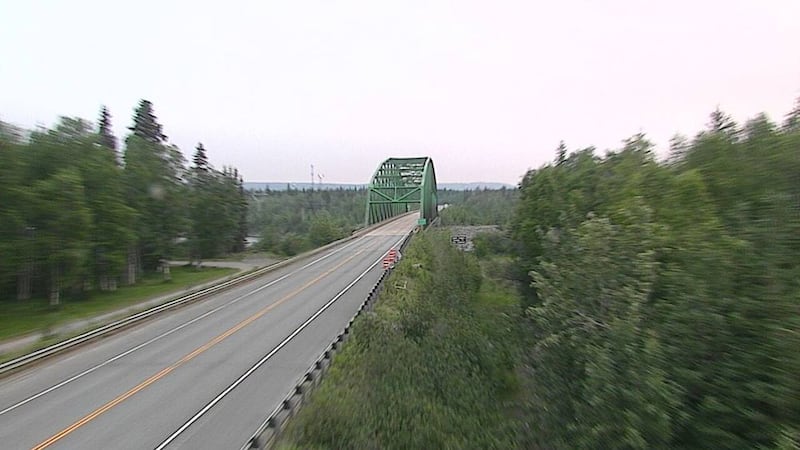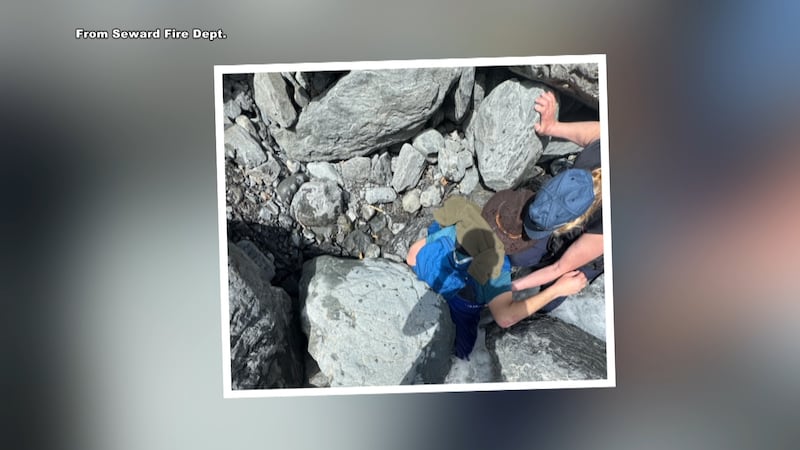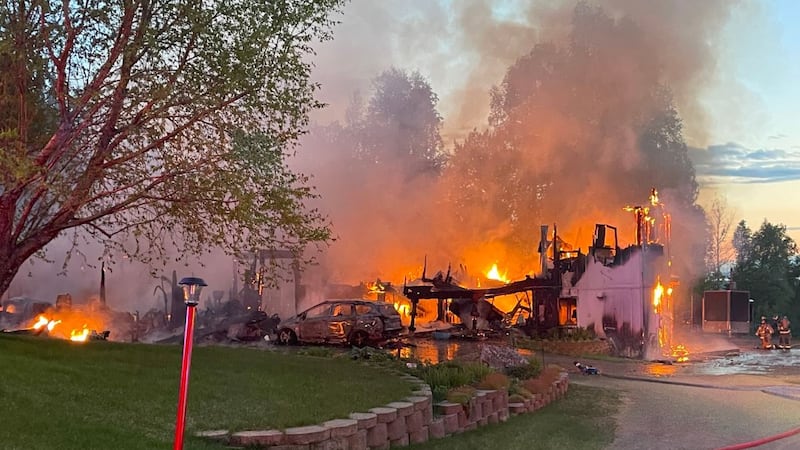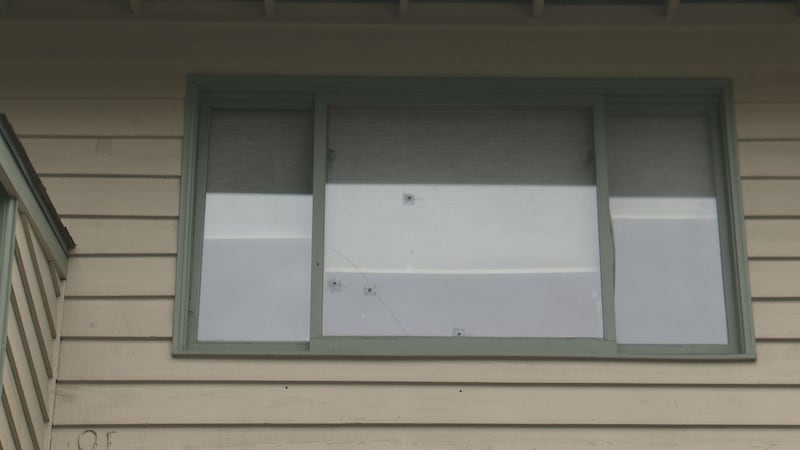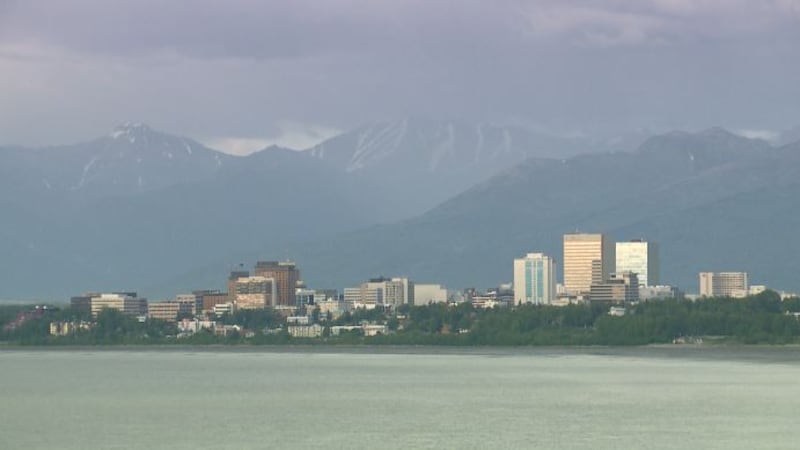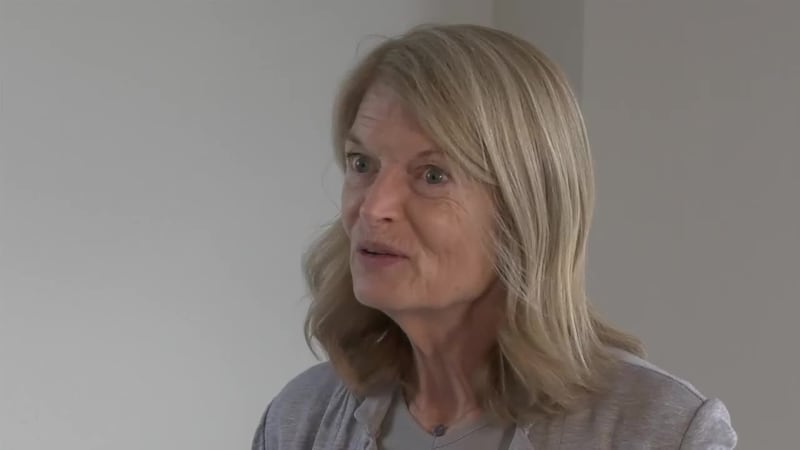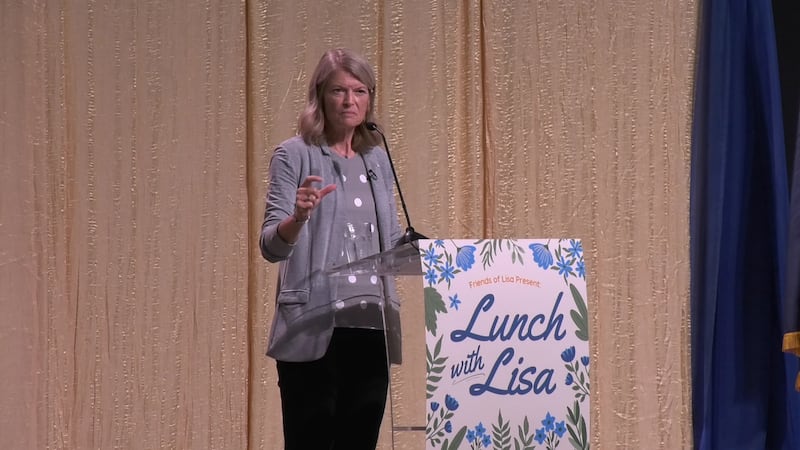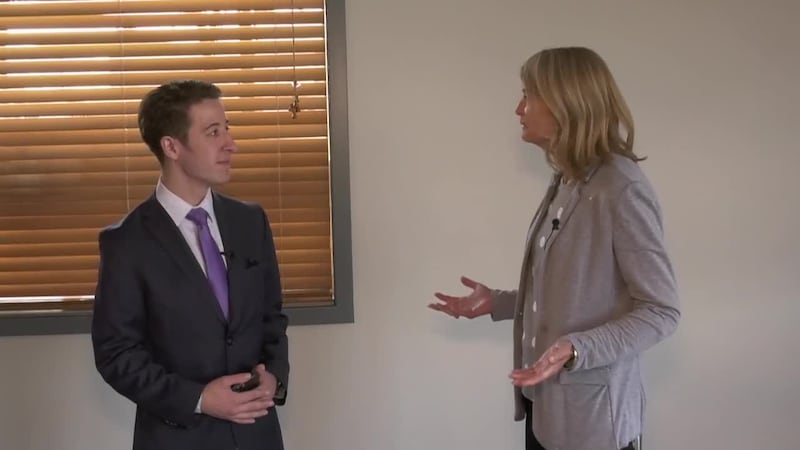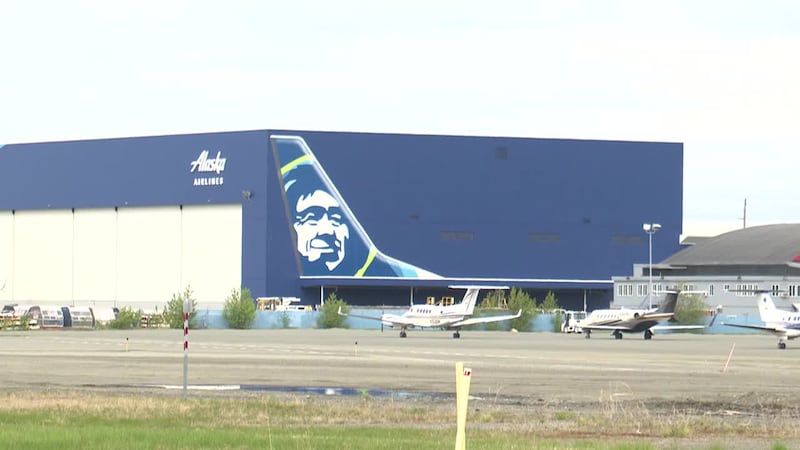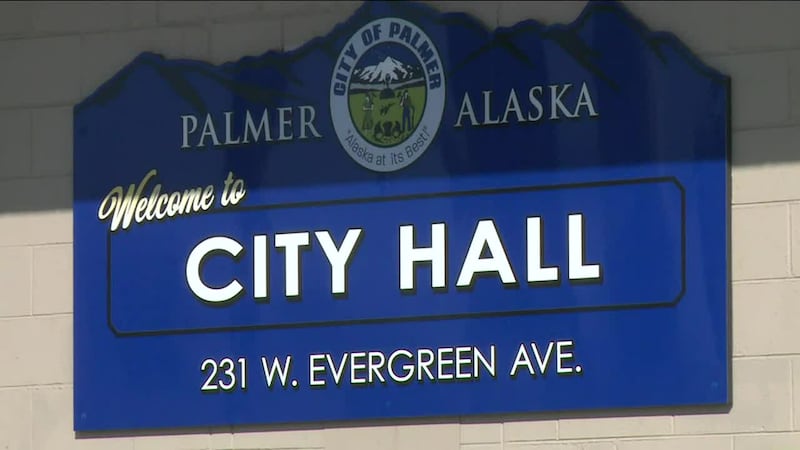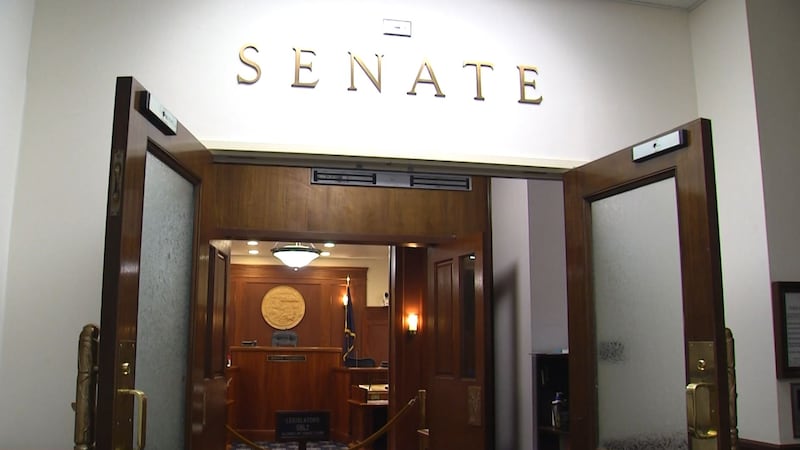Legislative seafood industry task force finalizes report to forward to fellow lawmakers
Joint committee reviewed and voted Wednesday on the report
JUNEAU, Alaska (KTUU) - A joint legislative task force centered on bolstering Alaska’s seafood industry has forwarded its in-depth report after voting to make its amended version official on Wednesday.
State lawmakers, who shared a draft version of the report earlier this month, are making multiple recommendations to try and alleviate what they called a crisis in our state, citing some 18 different fisheries disasters within the last decade or so.
A National Oceanic and Atmospheric Administration report released this past fall showed the seafood industry suffered a $1.8 billion loss from 2022 to 2023 alone, with about $191 million in state and local tax revenues for Alaska, Washington, Oregon, and California combined.
“This gives the public a very pointed direction of what we’re looking at,” said Rep. Sarah Vance, R-Homer, of the task force report. “Now is the time that we have to roll up our sleeves, and develop good policy, and make sure that we are not creating loopholes and missing some things along the way.”
After a series of meetings – the third round of which was completed this past November – the bipartisan group called the report a “starting point” in an effort to elevate the industry and Alaska’s economic future.
“We’ve done our job; we’ve interviewed a lot of people,” said the task force chair, Sen. Gary Stevens, R-Kodiak. “We’ve gotten information, and we’re going to pass this along to the Legislature, particularly to the fisheries committee chaired by Rep. Stutes, and to the resources committee on the Senate side.
“We know this is not the end,” he continued, “but we are at the end of our job.”
A Senate resolution establishing the task force states that the task force is to be dissolved no later than next month.
The recommendations at which the task force arrived range greatly and include but are not limited to incentivizing data reporting, increasing public outreach and engagement, working to streamline federal permitting, increasing investment in training, implementing sliding scale taxation, considering shared or community ownership or related entities, and modernizing systems overall.
Sen. Bert Stedman, R-Sitka, reflected Wednesday on some of what he’s seen in the past as well as his hopes for the future.
“We go back to the days when they had canneries up and down the coast, and all the employment, and the electrical generation,” he said, explaining that one of the first hydroelectric plants in Alaska was built in Petersburg so that ice could be made to help get seafood to Seattle and, in turn, sold for more money. “I don’t think that, when we take a look at today, it’s much different from doing all this work in the committee.
“It’s pretty clear that we’re price takers, we’re high-cost producers,” he continued, “and therefore, we need to enhance the value of our product, much like our forefathers did building hydro to make ice. We need to take the next step for the next generation, so they can continue to stay in business.”
Stedman said about 44,000 Alaskans have been directly affected by the downtown, adding that it’s likely “the most significant downturn in the fisheries in a century.”
“How it goes unnoticed is beyond me; obviously, most of us are on coastal communities, so it’s definitely in our face every day,” he said, “so, I look forward to moving us forward, and hopefully we have some recommendations that we’ll see to completion, we’ll have several pieces of legislation, and we may have other ideas with other sets of eyes looking at some of this data for us to review.”
Rep. Bryce Edgmon, I-Dillingham, said that whether or not long-term issues – such as migration, permits or aging infrastructure, for example – can be tackled right away, there are other things that can be done to help.
“We have the ability to take the seafood industry from the community level,” he said, “to the harvesters, the processors, and to bring it forward as true economic development.
“People judge the seafood industry through the number that’s attached to the shared fisheries tax revenue in the annual revenue report that we get,” he continued. “They don’t get the sense that, if it wasn’t for the seafood industry, that our aviation industry may not be as thriving, or that what’s happening at our cargo hubs in Anchorage, in Fairbanks, here in Juneau and elsewhere around the state, would not have the same sort of economic thrust if it wasn’t for the seafood industry.”
Also part of the committee as original members from the 33rd Legislature are Sen. Jesse Bjorkman, R-Nikiski; Sen. Jesse Kiehl, D-Juneau; Rep. Bryce Edgmon, I-Dillingham; Rep. George Rauscher, R-Sutton; and Rep. Louise Stutes, R-Kodiak.
“This work is not done,” Kiehl said, “it will be long-term. But the urgency is now. There is absolutely a need to make sure we don’t lose any more markets, any more processors, any more permits, or any more fishing families in Alaska.
“Will we succeed in getting those all to zero?” he said. “We might not, but our opportunity to mitigate the harm comes in strong and rapid response, and we need to jump on it.”
Several of the lawmakers in attendance Wednesday also lamented what they categorized as a glaring omission of the fisheries industry from Gov. Mike Dunleavy’s State of the State address Tuesday night.
His proposed budget – a summary of which can be found here – includes about $5.6 million for a Chinook salmon marine harvest study in the Gulf of Alaska; $800,000 for marine research, as part of the Alaska Marine Salmon Program, in the gulf, and the Bering Sea; and $10 million for the Alaska Seafood Marketing Institute, which would be invested over three years to help market the state’s seafood and comes in the form of supplemental funding for fiscal year 2025. State lawmakers had previously approved the $10 million for ASMI last year before it became a line-item veto by Dunleavy, who said ASMI had failed to develop a proper plan for how the money would be spent.
As of press time, Dunleavy’s office had not yet responded to a request for comment in response to lawmakers’ commentary Wednesday.
You can view archived task force hearings in full by clicking here.
See a spelling or grammatical error? Report it to web@ktuu.com
Copyright 2025 KTUU. All rights reserved.
